The biofertilizer manufacturing plant in Algeria project covers an area of about 5000m2, with a new steel frame closed production plant (building area 2812m2, height 8m) and a steel frame office area (two-story steel frame structure, building area of about 400m2). The main construction areas in the plant are raw material storage area, fermentation area, aging and composting area, crushing and screening area and packaging area.
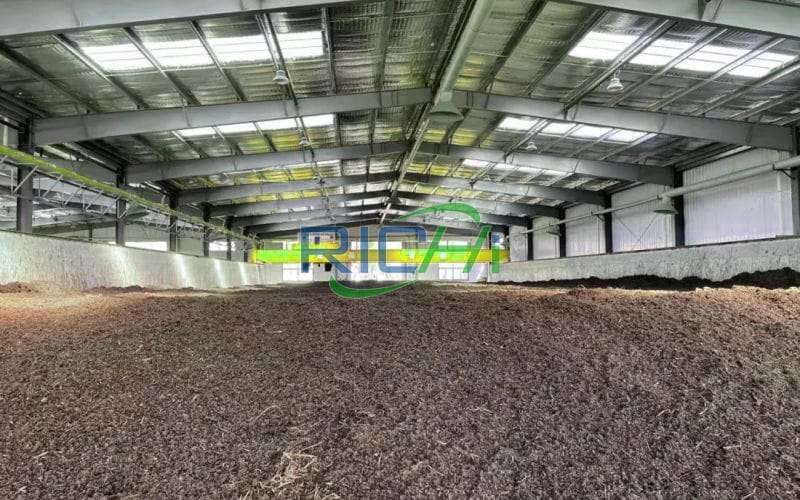
This biofertilizer manufacturing plant in Algeria project relies on the built warehouse as the product library of this project. The warehouse has a building area of 1200m2 and a height of 8m. It is a steel frame closed structure.
The ground has been hardened and is now vacant. According to the arrangement of the customer company, there is no other use plan, so it is used to produce 8000t of organic fertilizer per year, with a maximum temporary storage of about 200t, which meets the use requirements.
After the completion of the project, 8000t of bio-organic fertilizer will be produced annually. The project has a labor quota of 8 people, an 8-hour/day work system, and 250 working days per year.
This biofertilizer manufacturing plant in Algeria project is built in a poultry breeding base and treats manure for it. The client company of this project mainly engages in chicken breeding, sales and egg sales. It has been in operation for about 5 years and has been operating normally. The current breeding capacity is about 80,000.
The company's chicken manure has always been transported to other organic fertilizer plants for treatment. Considering economic and environmental factors, the client built an organic fertilizer production project about 10m away from the north of its breeding base to treat chicken manure.
Name:
Biofertilizer factory
Country:
Algeria
Date:
2024.05.15
Capacity:
4T/H
Product Type:
Bio fertilizer
The install period:
30 Days
Control Mode:
Semi-automatic
Guiding Price:
170,000 USD
The main construction content of the biofertilizer manufacturing plant in Algeria project is shown in the table below.
| Engineering composition | Engineering content | |
| Production plant | Raw material storage area | Covering an area of 544m2, it mainly constructs a fresh chicken manure storage area of 272m2 and an auxiliary material storage area of 272m2. The fresh chicken manure area and the auxiliary material area are separated by a 2.5m high cement wall. This area is mainly for artificial feeding, and a double-axis mixing mixer is installed to mix the materials |
| Fermentation area | Build a fermentation tank (1400m3), covering an area of 700m2 and a depth of 2m. It is mainly used to ferment the mixed materials. This area is mainly equipped with a flipping machine | |
| Turning and throwing feeding area | Covering an area of 160m2, it is mainly used to turn the fermented The final products are transported to the aging and composting area by forklifts. | |
| The aging and composting area | covers an area of 528m2 and is separated from the raw material storage area by a 2.5m high cement wall. The fermented products are further stored to increase the organic content and are regularly turned over by forklifts | |
| The crushing and screening area | covers an area of 240m2 and is used to crush and screen the matured block materials. One crusher and one screener are mainly installed | |
| The packaging area | covers an area of 640m2 and is used to package and temporarily store the screened products. The main equipment is a powder packaging machine | |
| Finished product warehouse | 1F, 8m high, covers an area of 1200m2, mainly used for product stacking | |
| Office area | Two-story steel frame structure, building area of about 400m2 | |
The main raw and auxiliary materials of this biofertilizer manufacturing plant in Algeria project are shown in the table below:
| Name (moisture content) | Annual usage (t) | Source | Remarks |
| Livestock and poultry manure (80%) | 16000 | Poultry farm | Fresh chicken manure |
| Sawdust (40%) | 4000 | Wood processing plant | Bagged and transported to the factory |
| EM microbial agent (10%) | 2.4 | / | Purchased Grade |
| Woven bags | 200,000 | / | Bagged, purchased |
| Microelements (10%) | 2.7 | / | Bagged, purchased Finished product grade |
| Electricity | / | / | Local power grid |
| Water | 115m3 | / | Local water supply network |
The product specifications of this biofertilizer manufacturing plant in Algeria project are shown in the table below:
| Number | Name | Annual output | Particle size | Moisture content% |
| 1 | Bio-organic fertilizer (solid powder) | 8000t/a | ≤6mm | 30% |
The technical indicators of the finished organic fertilizer of this biofertilizer manufacturing plant in Algeria project refer to the following standards:
| Item | Indicator |
| Mass fraction of organic matter (on a dry basis), % | ≥30 |
| Mass fraction of total nutrients (nitrogen + phosphorus pentoxide + potassium oxide) (on a dry basis), % | ≥4.0 |
| Mass fraction of water (fresh sample), % | ≤30 |
| Acidity and alkalinity, pH value | 5.5~8.5 |
| Total arsenic (As) (on a dry basis), mg/kg | ≤15 |
| Total Mercury (Hg) (on a dry basis), mg/kg | ≤2 |
| Total Lead (Pb) (on a dry basis), mg/kg | ≤50 |
| Total Cadmium (Cd) (on a dry basis), mg/kg | ≤3 |
| Total Chromium (Cr) (on a dry basis), mg/kg | ≤150 |
The main equipment used in this biofertilizer manufacturing plant in Algeria project are as follows:
| Number | Equipment name | Specifications and models | QTY |
| 1 | Wheel turner with lifting function | LP10m-D1.9m | 1 unit |
| 2 | Forklift silo (including variable frequency speed regulation) | LC-1530 | 1 unit |
| 3 | Forklift silo (including variable frequency speed regulation) | LC-1530 | 1 unit |
| 4 | Crusher | LF-80 | 1 SET |
| 5 | Powder Screening Machine | GS-1240 | 1 SET |
| 6 | Double Shaft Mixing Machine | WZSJ-80 | 1 SET |
| 7 | Powder Packaging Machine | SJBZ-50 | 1 SET |
| 8 | Belt Conveyor | B500 | 5 SET |
The rationality of the overall plan layout of the plant area: The biofertilizer manufacturing plant in Algeria project is based on the premise of meeting the production process, considering the requirements of transportation, safety, and hygiene, and combining the natural terrain conditions of the project site.
It is divided and combined according to the different functions of various facilities, and strives to make the plan layout compact and reasonable, save land, be beneficial to production, and facilitate management.
The specific layout is as follows:
The factory has a total of one production plant, one product warehouse and one office area. The production plant is located on the north side of the factory, and the product warehouse and office area are located on the south side of the factory. The stench generated in the production area has little impact on the office area.
An initial rainwater collection pool (20m3) is set at the lowest point of the factory entrance and exit. The initial rainwater in the factory can flow into the collection pool by gravity to ensure that the initial rainwater is not discharged.
The biofertilizer manufacturing plant in Algeria is a closed steel frame structure plant. The plant is oriented north-south. The entrance and exit of the plant are located on the south side of the plant. The production lines inside the plant are arranged from north to south. From north to south, the raw and auxiliary material storage area, fermentation tank, aging and composting area, packaging area, etc. are arranged respectively.
The west side of the plant is the forklift passage inside the plant. The packaging area is located on the south side of the plant, close to the entrance and exit, which is convenient for transportation.
From the perspective of environmental protection, the project's production plant is located downwind of the local dominant wind direction and the main odor and noise pollution areas are a certain distance away from the office area.
The noise and exhaust gas generated during the production process have a reduced impact on employees in the plant area. Therefore, the design and layout of the plant area is reasonable, the logistics are smooth, and the sanitary conditions, transportation, safety, and fire protection all meet the needs of the enterprise and environmental protection requirements.
The livestock manure of the biofertilizer manufacturing plant in Algeria project is directly sent to the breeding farm and transported to the fresh chicken manure storage area in the plant. The vehicles are not washed in the plant, and there is no vehicle washing waste; the plant is mainly cleaned by sweeping; the production equipment is purged instead of flushing.
Therefore, the water used during the organic fertilizer production project operation period is mainly domestic water and spray tower circulation water. The water is provided by the local tap water network. The plant area is equipped with a water supply system. The water supply capacity is designed according to the needs of production and life to meet the water needs of various systems in the plant area.
The biofertilizer manufacturing plant in Algeria project has a staff of 8 people, all of whom are nearby villagers and do not eat and stay in the plant area. The living water consumption of personnel is calculated as 40L/person·d, then the living water consumption is 0.32m3/d (80m3/a), and the drainage coefficient is calculated as 0.85, then the living sewage generated by project employees is 0.27m3/d (64.8m3/a).
The circulating water volume of the spray process is about 1m3/d, and the water loss is calculated as 10% of the circulating water volume. Therefore, 0.1m3/d of fresh water needs to be added every day. The spray water is replaced regularly, and the replaced wastewater is manually sprayed to the fermentation pile and not discharged.
After the raw materials of the bio organic fertilizer production line project enter the site, they are directly transported to the fresh chicken manure storage area, and sawdust, bacterial agents, etc. are immediately added for mixing. No leachate is generated. The biofertilizer manufacturing plant in Algeria project uses natural fermentation technology. No wastewater is generated during the normal fermentation process. The water evaporates completely with the fermentation process.
A small amount of waste liquid is generated in the early stage of natural fermentation. The waste liquid is absorbed by the compost raw materials. No waste liquid is precipitated in the later stage of composting. Therefore, this project does not generate compost leachate.
A small amount of dust is generated in the links of raw material transportation, loading and unloading, transportation and product production engineering in the site. In the rainy season, surface rainwater runoff washes the ground of the production area and auxiliary production area, so that the initial rainwater will contain a large amount of SS and other pollutants, but as the rainfall continues, the SS concentration will gradually decrease.
Intercepting drainage ditches are built around the site to lead the initial rainwater in the site to the initial rainwater sedimentation tank (20m3) through the intercepting drainage ditch for treatment and reuse for road sprinkling and greening water in the factory area. According to the calculation of 10 times per year, the annual initial rainwater generation of the project is 187m3/a, and the main pollutant is SS, with a concentration of about SS:500mg/L. Since fire-fighting water is not a periodic water use, it is not included in the water balance.
The drainage system of the project plant adopts a rainwater and sewage diversion drainage system. There are interception drainage ditches around the project site, and the inner wall of the interception ditch is smoothed with cement mortar. The initial rainwater is treated in the initial rainwater sedimentation tank and reused for watering and dust suppression in the plant area and roads and greening the plant area.
The domestic sewage of the project is pre-treated in the septic tank, and then manually cleaned and sent to the fermentation workshop for spraying, and is not discharged; the regularly replaced spray wastewater is manually transported to the fermentation workshop and sprayed on the fermentation pile, and is not discharged.
| Specific content | Project situation | Whether it complies | |
| Site requirements | The site selection and layout of the livestock and poultry manure composting site should comply with relevant construction regulations | There are no centralized drinking water source and other protection areas around the project, and it is not in the city and urban residential areas. The livestock and poultry manure treatment site adopts ground hardening, anti-leakage, anti-runoff and rainwater and sewage diversion measures | Compliance |
| The raw material storage area should be rainproof, waterproof and fireproof. The main raw materials such as livestock and poultry manure should be pre-treated and transported to the fermentation area as soon as possible, and the storage time should not exceed 1 day. | The project production area is completed in a steel frame structure factory building, which meets the requirements of rainproof, waterproof and fireproof; after the raw materials are transported to the factory building, they are immediately added with bacterial agents, sawdust, etc. for mixed fermentation, and the storage time does not exceed 1 day. | Comply | |
| The fermentation site should be equipped with rainproof and drainage facilities. The leachate generated during the composting process should be collected and stored to prevent leakage of the leachate. The storage area for finished compost products should be dry, ventilated, sun-proof, crack-proof and rain-proof. | The fermentation tank is located in a steel frame plant building, which meets the requirements of rainproof and drainage. The chicken manure of the project is immediately mixed with sawdust, bacterial agents, etc. when it enters the raw material area for two fermentations. The fermentation area is equipped with enclosures, and a small amount of leachate is directly absorbed by the material. The product warehouse is located in a steel frame plant building, which meets the relevant requirements. | Comply with | |
| Odor control | 1. Process optimization method: By adding auxiliary materials or conditioners, adjusting the carbon-nitrogen ratio (C/N), moisture content and pile porosity, etc., ensure that the pile is in an aerobic state and reduce odor generation; 2. Microbial treatment method: By adding microbial deodorizing agents in the early stage and during fermentation, control and reduce odor generation; 3. Collection and treatment method: By setting up odor collection devices in the raw material pretreatment area and the fermentation area, the odor generated during the composting process is effectively collected and centrally treated. |
The odor of the project is treated by process optimization method and microbial treatment method; the raw material ratio is optimized to adjust the carbon-nitrogen ratio, and EM bacteria are added in the early stage of fermentation to inhibit odor generation. | Comply with |
The environmental protection measures adopted by this biofertilizer manufacturing plant in Algeria project are as follows:
The factory area is divided into rainwater and sewage, and the initial rainwater is collected in a sedimentation tank of 20m3. The initial rainwater is reused after sedimentation in the initial rainwater sedimentation tank, and is not discharged.
The domestic sewage of the project is collected and pre-treated in a septic tank (1m3), and then manually cleaned and sprayed to the fermentation workshop, and is not discharged. The regularly replaced spray wastewater is manually transported to the fermentation workshop and sprayed to the fermentation pile, and is not discharged.
The biofertilizer manufacturing plant in Algeria project domestic garbage is collected and entrusted to the sanitation department for transportation; the sedimentation sludge of the spray tower is regularly cleaned and returned to the fermentation workshop as raw material.
The screened material is directly returned to the fermentation process as raw material, and the recyclable part of the waste packaging should be recycled by the waste recycling unit, and the rest is collected and entrusted to the local sanitation department for regular transportation and disposal; the waste oil is collected and temporarily stored in the hazardous waste temporary storage room (2m2), and regularly handed over to qualified units for recycling and disposal.
Foundation shock absorption and time control meet the "Environmental Noise Emission Standards for Industrial Enterprises".
The factory area is regularly sprayed with deodorant and the conveyor belt is closed; the production workshop is a closed negative pressure workshop, and a negative pressure fan (air volume 11000m3/h) is installed to collect the workshop waste gas.
The collected waste gas is treated by a water spray dust collector (particle removal efficiency 80%) and then discharged through a 15m high exhaust pipe (DA001).
The prospects for processing organic fertilizer in Algeria are very broad. The following are several key factors to support this conclusion:
If you are interested in building biofertilizer manufacturing plant in Algeria, feel free to contact RICHI MACHINERY to obtain project construction plans: civil engineering design, steel frame design, plant layout, equipment layout, equipment configuration, process design and other information.
Having the right mix of reliable, high-quality pellet machine and pelletizing systems and expert support is essential to your success. Watch how our end-to-end feed pellet plant solutions have helped our customers optimize their performance.
Our customized and future-proofed turnkey pellet plant solutions is designed with you at the core. From vision to reality and beyond, our team stays connected with yours. Giving you peace-of-mind with an expert at your side.
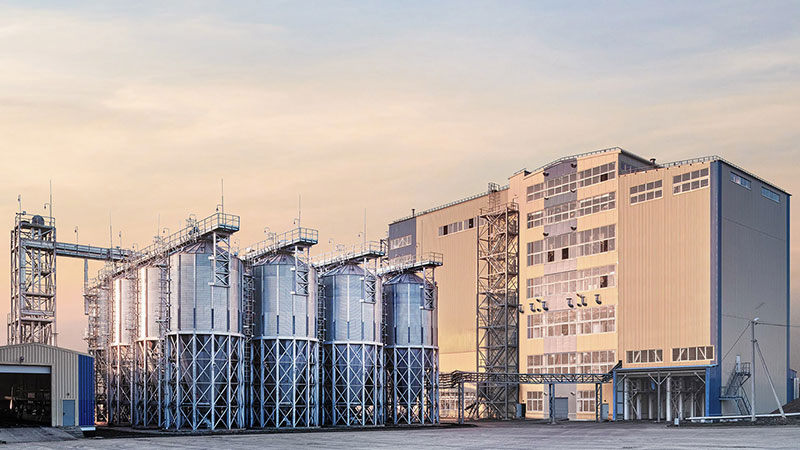
At RICHI, we go beyond project completion. With RICHI Servicee, we’re your dedicated partners in success. Count on us for expert guidance, minimal downtime, and optimized productivity. Choose RICHI for unmatched service and support.
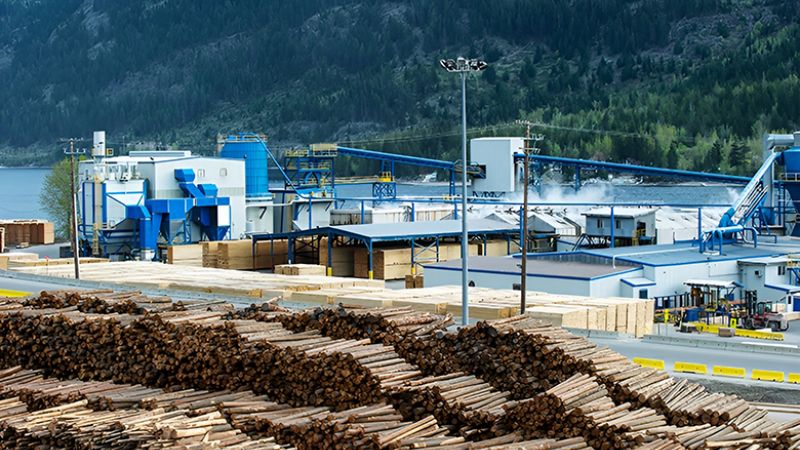
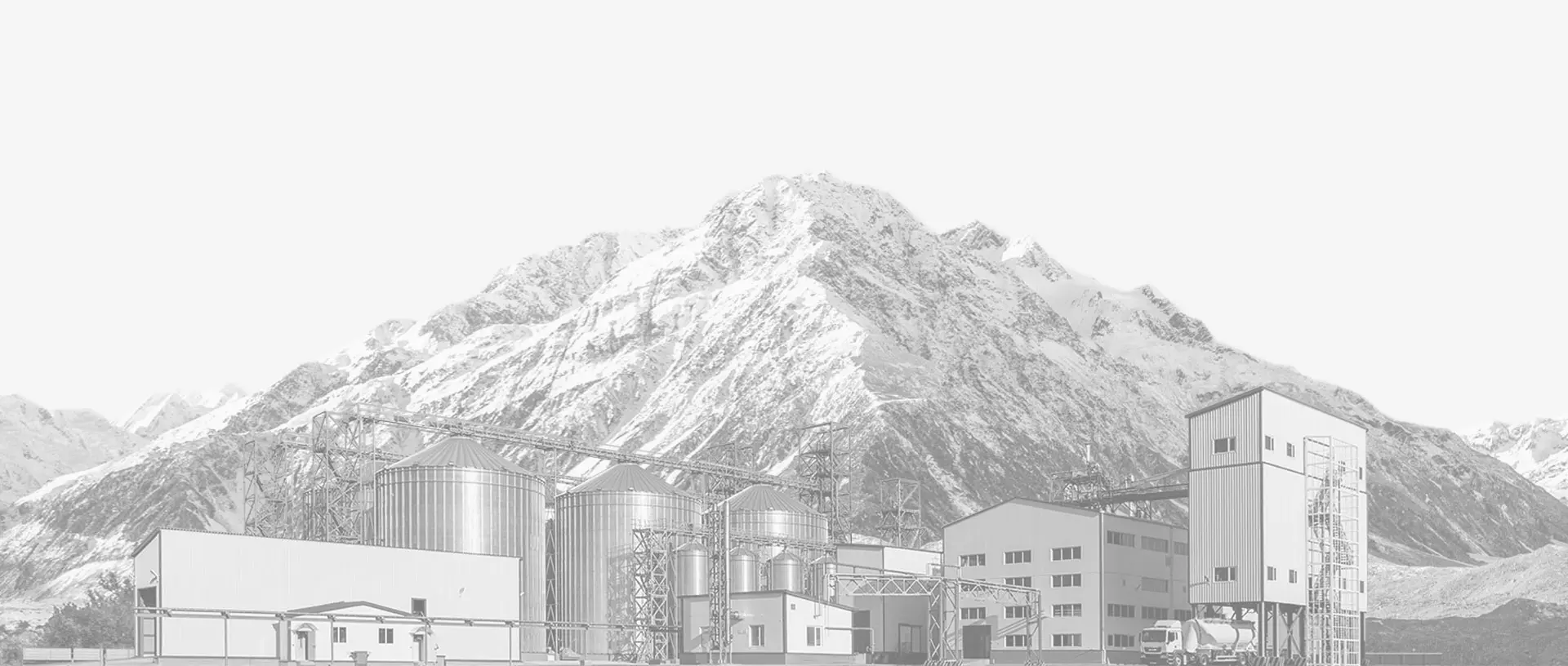

Meet global product demands and quality standards with industry-leading pellet plant design, engineering, equipment, and construction services for pellet processors.
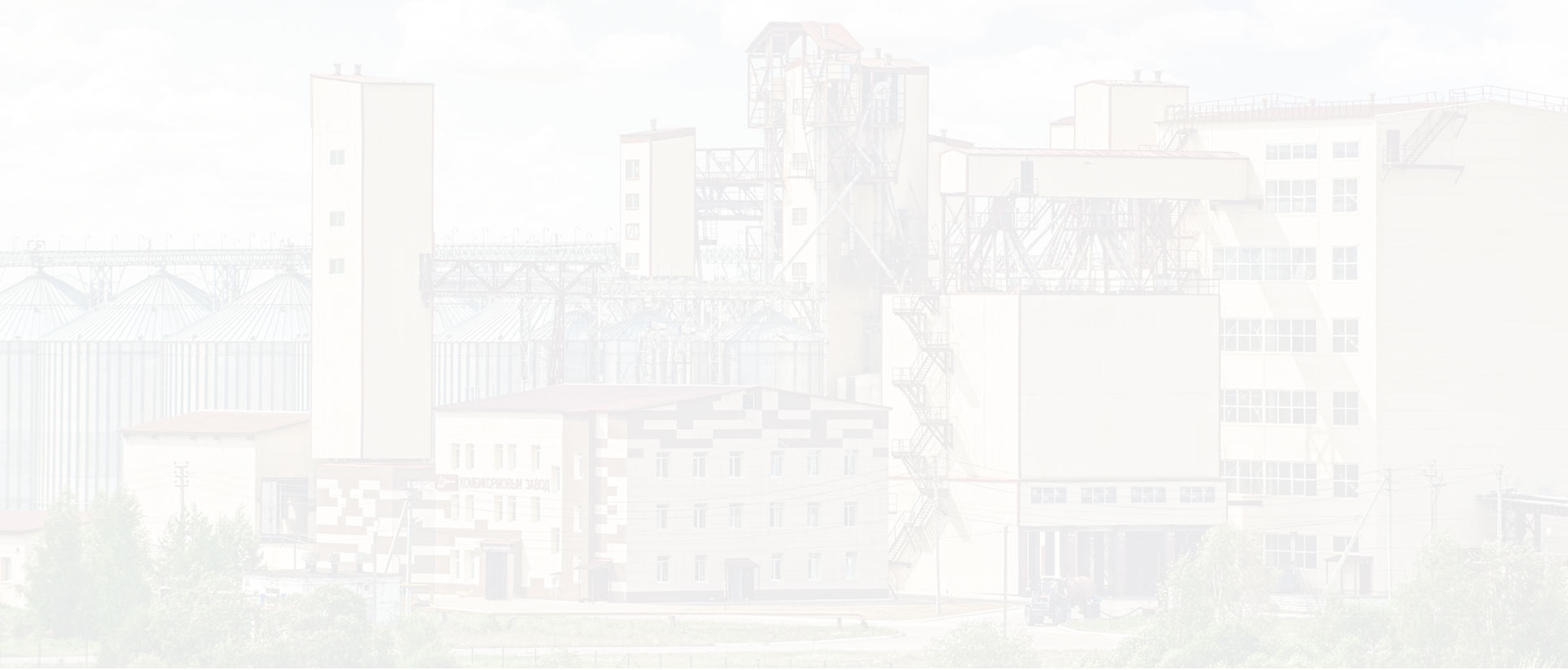
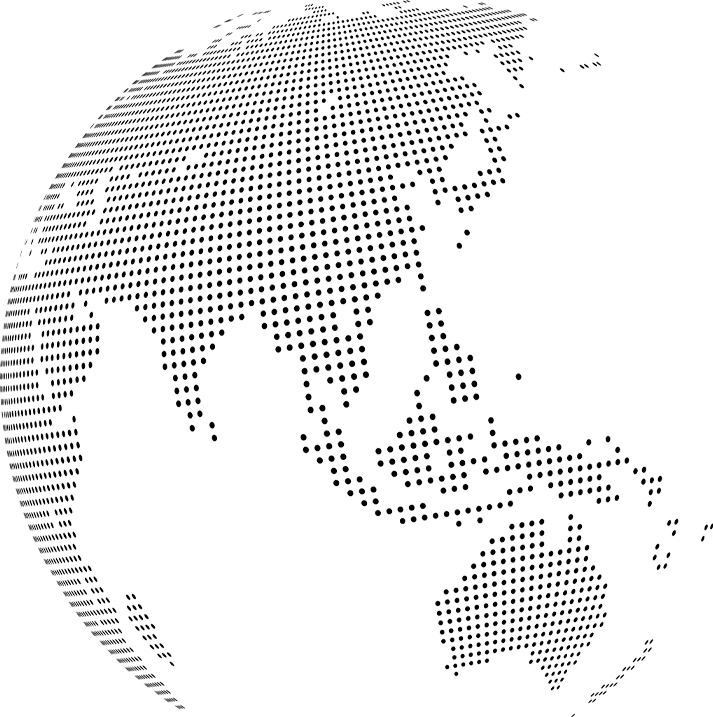
Your Partner Beyond Project Completion
2000+ cases
RICHI is the leading designer, manufacturer and builder of pellet plants in the world, completing over 2000 projects in 140 countries across 6 continents.
Read More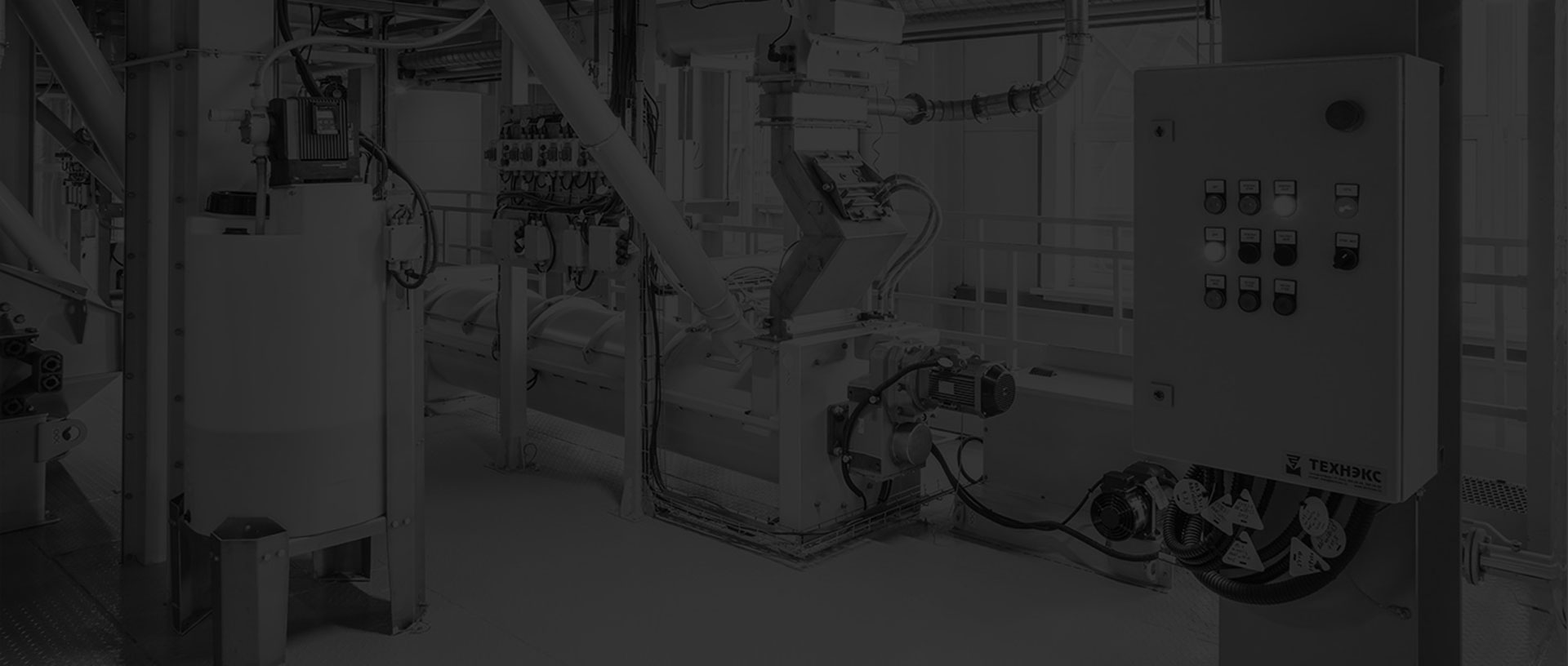
Increase plant productivity, profitability, and safety by integrating high quality equipment into your pellet production line. Over the years, RICHI has become China's top pellet equipment manufacturer. At the same time, RICHI has established valuable partnerships with the world's leading component and raw material manufacturers to bring you the best there is in technology, automation, and efficiency in pelleting plant machinery.
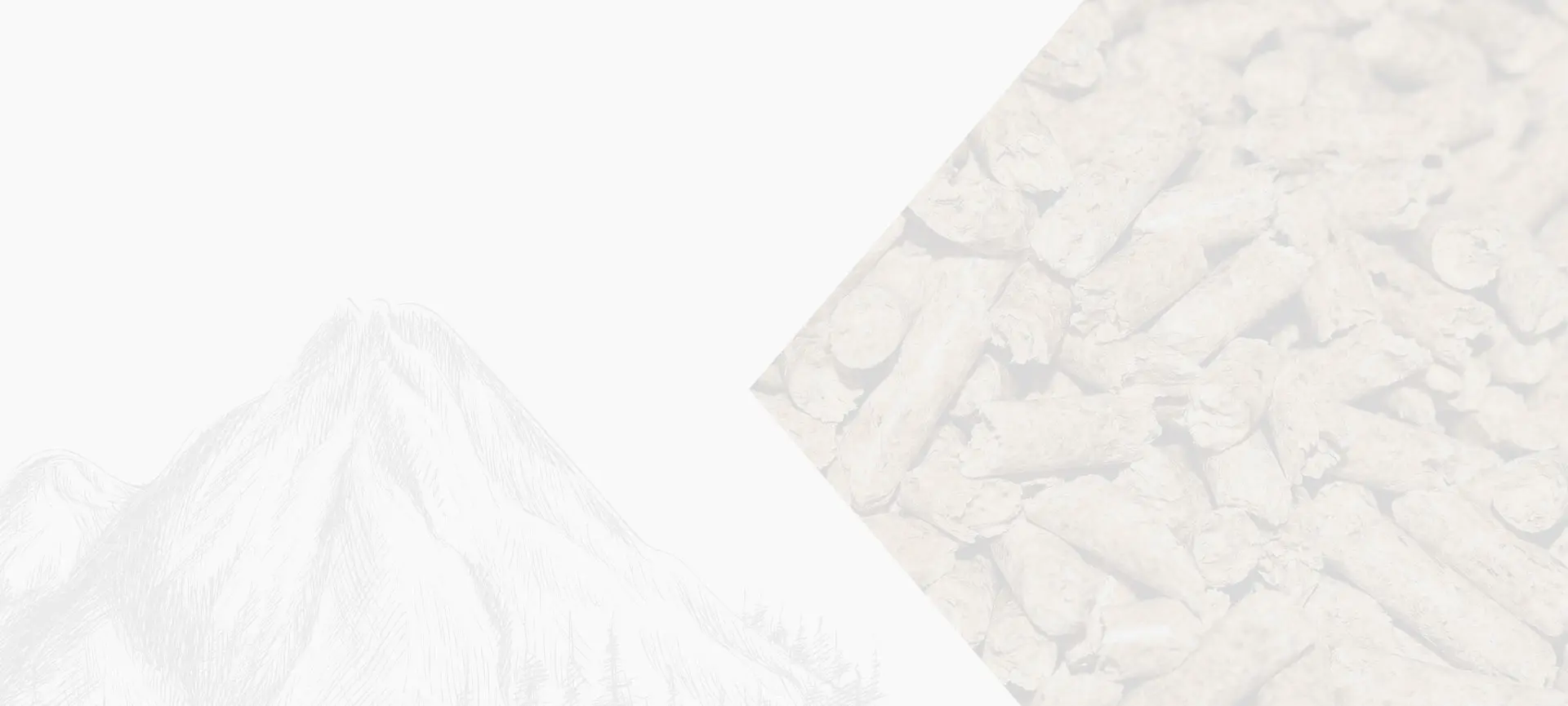
For nearly 30 years, RICHI has been providing best-in-class pellet plant equipment and services to clients across a variety of industries, sizes, and needs. We pride ourselves on the knowledge and skill that each team member possesses – from our technical sales team to our process design engineers. You can count on RICHI Machinery to take your operation to the next level of innovation, quality, and success.
Need help with your pellet manufacturing plant project? Contact us today.
ANIMAL FEED
BIOMASS
WOOD
ORGANIC FERTILIZER
AQUA FEED
CAT LITTER
MUNICIPAL WASTE RECYCLING
SPECIAL PELLET PRODUCTION
RICHI Machinery continues to deliver world class pellet mill equipment, pellet plant engineering and project solutions that add value to our customers in the animal feed, wood waste, agriculture waste, organic fertilizer, cat litter and special pellet products industries. Throughout the years, we RICHI Machinery have built strong brand, becoming industry-leading pellet machine manufacturer. We value integrity, promise quality, and prioritize your success.
Learn MoreWith our expert team, we precisely implement your process engineering requirements in pellet mill and pelletizing plant systems. No matter which industry you’re in – we understand your needs and deliver solutions that meet the highest standards.
At RICHI, quality comes first. Our pellet making machine and related pellet line equipment undergo rigorous quality controls to ensure they meet the highest standards. Rely on products that are durable, safe, and efficient.
With decades of experience in pellet machine and pellet production line production, we have earned a reputation as a trusted partner in various industries. Our expertise allows us to cover a wide range of applications.
Not only do we offer premium pelleting equipment, but we are also experts at designing, building, installing, and maintaining facilities from the ground up. Our expertise is within pellt plant process design, discovering the most efficient, productive, and profitable way to handle your materials in an end-to-end cycle.
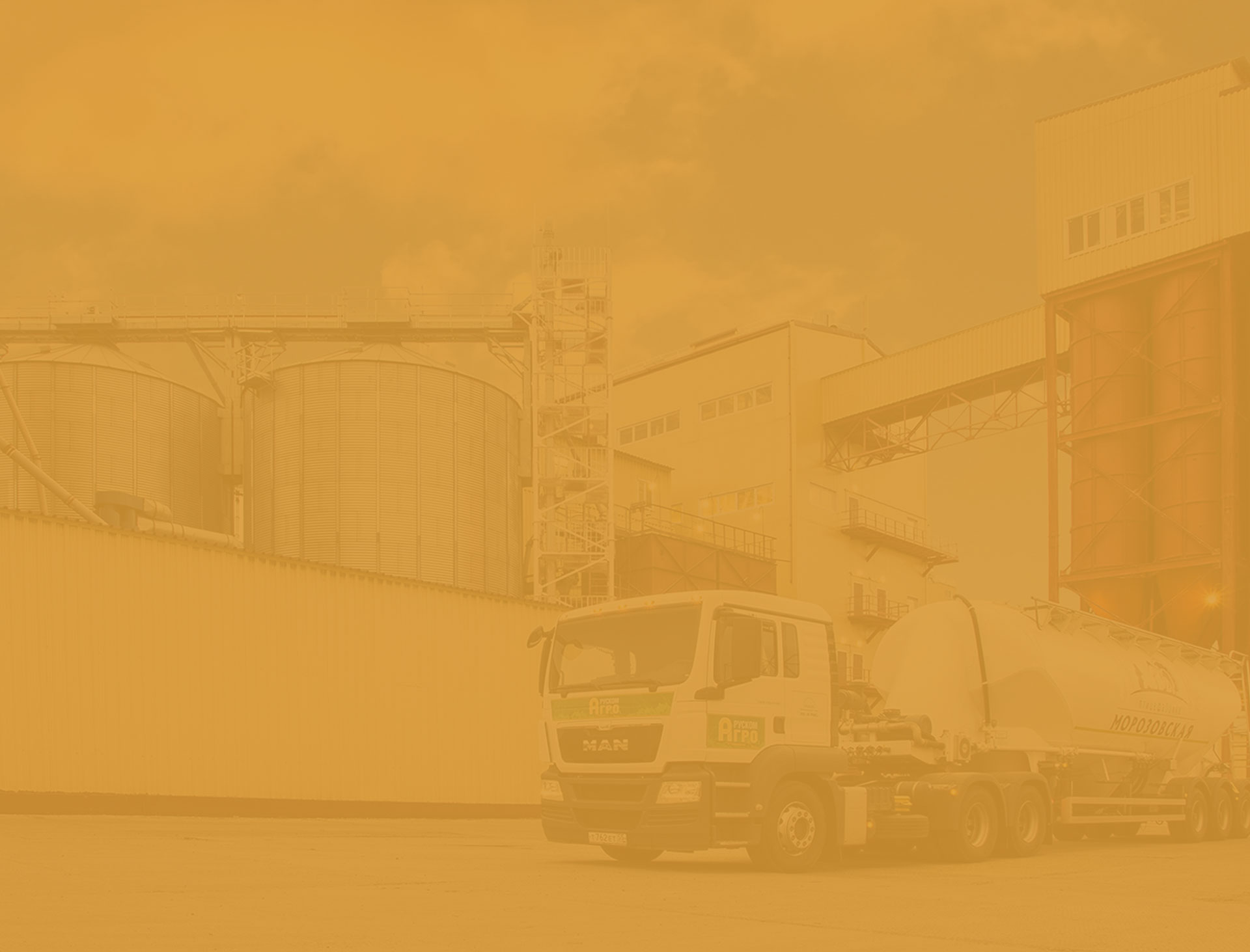
Keeping in touch with us is an effective way to solve all your problems. If you have any needs or questions, please leave your contact information, then RICHI technical consultants will send design, quotation, videos to your mailbox. You can also contact us directly via WhatsApp: +86 13838389622
Copyright©2015-2024 by HENAN RICHI MACHINERY CO., LTD. All rights reserved.